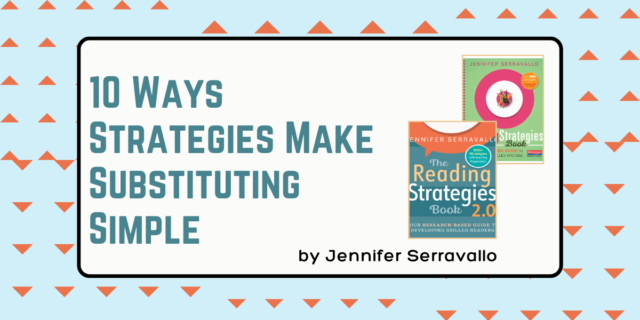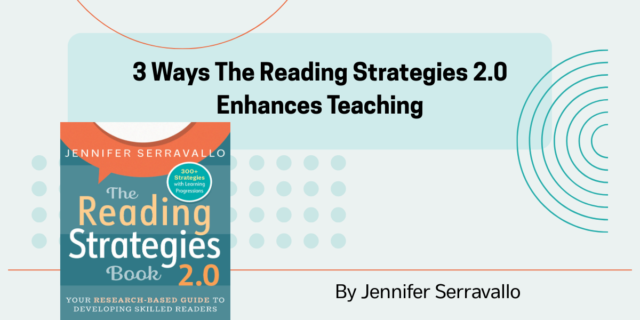
The pandemic has affected each student differently. In some cases readers have excelled, and in others the pace of their progress has slowed or even halted. Teachers are exhausted and parents are worried about the impact of the pandemic on their children’s educational futures. But summer school is an opportunity to meet kids where they are and, in some cases, restart readers’ growth in comprehension with a resource that simplifies instruction.
The pandemic has affected each student differently. In some cases readers have excelled, and in others the pace of their progress has slowed or even halted. Teachers are exhausted and parents are worried about the impact of the pandemic on their children’s educational futures. But summer school is an opportunity to meet kids where they are and, in some cases, restart readers’ growth in comprehension with a resource that simplifies instruction.
Summer school is an opportunity to meet kids where they are and, in some cases, restart readers’ growth in comprehension with a resource that simplifies instruction.
To learn more about Jennifer Serravallo's Complete Comprehension visit Heinemann.com.
Jennifer Serravallo believes that we need to start not from where we think students “need” to be but from where they are right now. That’s why her Complete Comprehension is an ideal resource for summer school—an assessment, an instructional planning tool, and a compact curriculum source all in one. It measures a reader’s use of comprehension skills and connects the results directly to a menu of 100 comprehension lessons that allow teachers to share reading strategies one on one or in small groups—strategies readers can work on in their own independent reading.
Instead of handing summer-school teachers a generic scope and sequence, Complete Comprehension, available for Fiction and for Nonfiction, makes responsive, individualized instruction not only possible but simple—even for teachers who don’t normally teach reading.
While Complete Comprehension was designed for the regular school year, its flexible, modular approach makes it adaptable for summer. Here’s an example:
- Week One—Assessment: Children take the assessment, which involves reading an included chapter book and answering ten or so reflection questions. Multiple students can take the assessment simultaneously. When a child finishes the assessment, and as their teacher does one-on-one meetings to get to know students better, they can read from their independent classroom library or from books you’ve sent home
- Week Two—Evaluation and Planning: As readers finish their assessments, the teacher uses the included evaluation forms and skills progressions to view students’ strengths and look for progress opportunities. Each evaluation takes just fifteen minutes. The patterns uncovered by the assessment connect directly to a menu of 100 included lessons that target readers’ needs.
- Week Three—Teaching Students Reading Strategies: Teachers work with individual readers or small groups with a common instructional goal. Taking about five minutes per student or group they share a reading strategy, demonstrate it, have the student try it, and check for understanding.
- Week Four— Checking in: The teacher meets with students again to see how well they have internalized the reading strategy. If they have mastered it, they can try another strategy that complements the first one to help lock in the skills they are learning and meet the goals the evaluation revealed.
- For summer sessions longer than four weeks: Once a student demonstrates mastery of several strategies tied to their goal, the teacher can reassess and restart the cycle with a new goal and new strategies.
Summer-school teachers want to make a difference and don’t have a lot of time to do it. They want and need teaching ideas and lesson plans that are effective and streamlined. Complete Comprehension does this and makes it possible for every student to make progress and get back on the path to a lifelong love of reading.
• • •
To learn more about Jennifer Serravallo's Complete Comprehension visit Heinemann.com.
Want more info?
 Watch the recorded webinar: "Getting Started with Complete Comprehension"
Watch the recorded webinar: "Getting Started with Complete Comprehension"
In this recorded webinar, Jennifer walks viewers through the first steps to take with these resources and then guides viewers through each of its three components: Assess, Evaluate, and Teach. Jennifer also tackles some Q&A at the end of the video.



